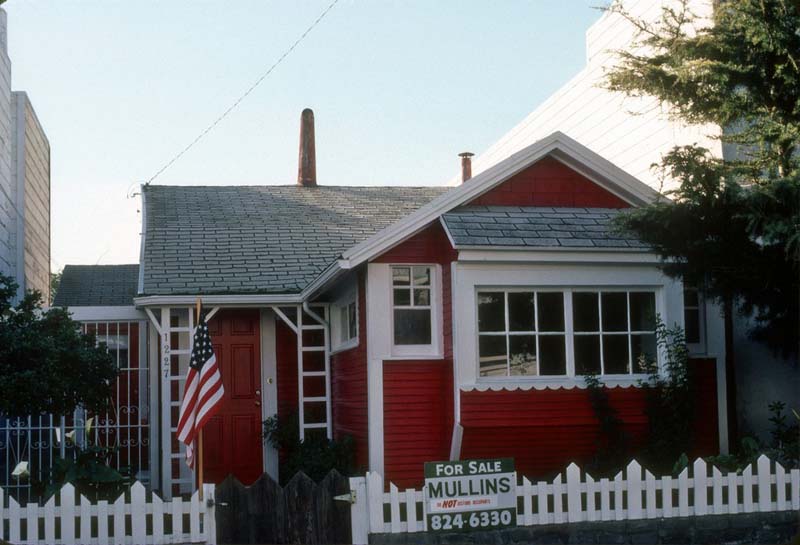-
Membership
Membership
Anyone with an interest in the history of the built environment is welcome to join the Society of Architectural Historians -
Conferences
Conferences
SAH Annual International Conferences bring members together for scholarly exchange and networking -
Publications
Publications
Through print and digital publications, SAH documents the history of the built environment and disseminates scholarshipLatest Issue:

-
Programs
Programs
SAH promotes meaningful engagement with the history of the built environment through its programsMember Programs
-
Jobs & Opportunities
Jobs & Opportunities
SAH provides resources, fellowships, and grants to help further your career and professional life -
Support
Support
We invite you to support the educational mission of SAH by making a gift, becoming a member, or volunteering -
About
About
SAH promotes the study, interpretation, and conservation of the built environment worldwide for the benefit of all
SAHARA Highlights: Temporary Architecture
Sep 14, 2021
by
Jacqueline Spafford and Mark Hinchman, SAHARA Co-Editors
While generally built to fulfill a short-term need, such as worker housing, some temporary structures serve their purpose much longer than intended, such as shelter for victims of natural disasters or wars. This selection of SAHARA contributions includes government and military buildings, museum and festival construction, as well as housing in many forms. Because temporary architecture by definition is transient, often the only record we have of these once important structures are photographs. Several of the projects in this month's Highlights only exist as photographs, making the repositories of those photographs, such as SAHARA, even more valuable. As always, thank you to our contributors.
To see more SAHARA content: http://sahara.artstor.org/#/login
To learn more about contributing, visit: http://www.sah.org/sahara
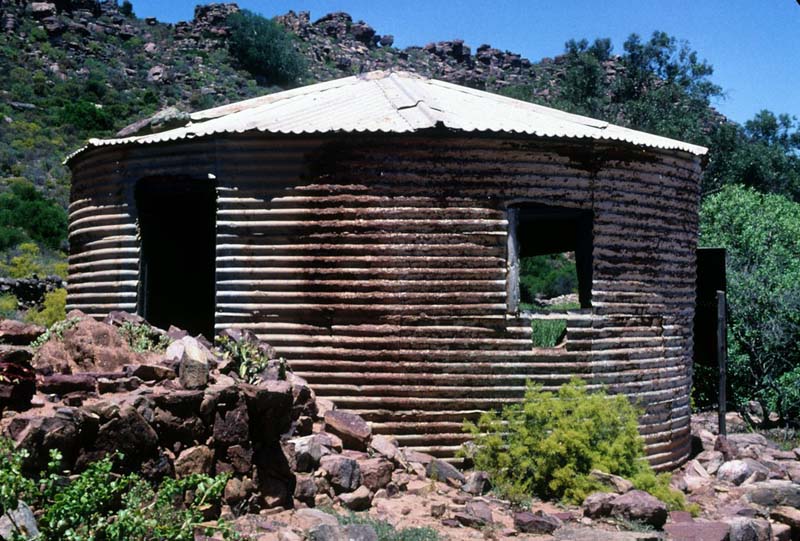
Portable fort, Heerenlogement, Western Cape, South Africa, ca. 1900. This prefabricated corrugated iron structure was used in the Anglo-Boer War, and could be quickly assembled and dissembled. Photograph by Dell Upton, 1997.
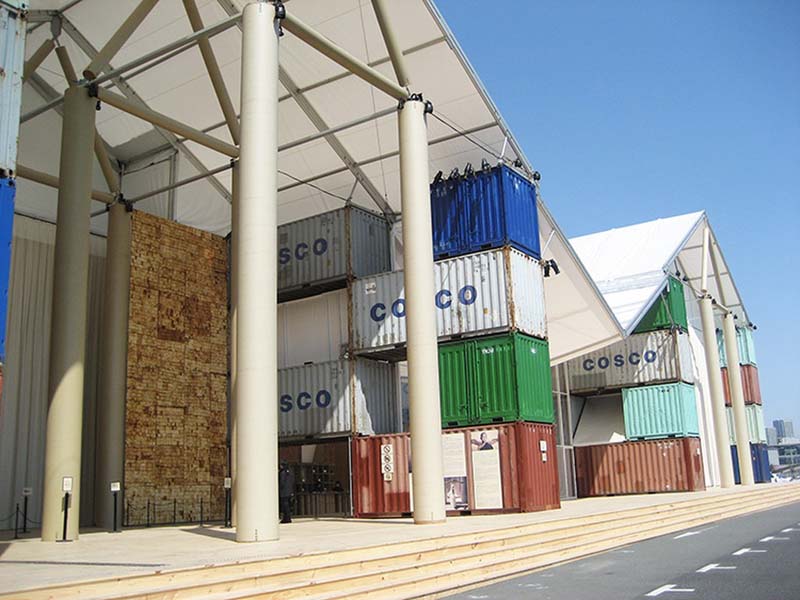
Shigeru Ban, Nomadic Museum, Tokyo, Japan, 2006. The museum was constructed of shipping containers and paper tubes to serve as a sustainable traveling gallery to house artist Gregory Colbert’s installation “Ashes and Snow.” It was first installed in New York in 2005, and was later rebuilt in Los Angeles and Tokyo. Photograph by Lisa Hsieh, 2006.
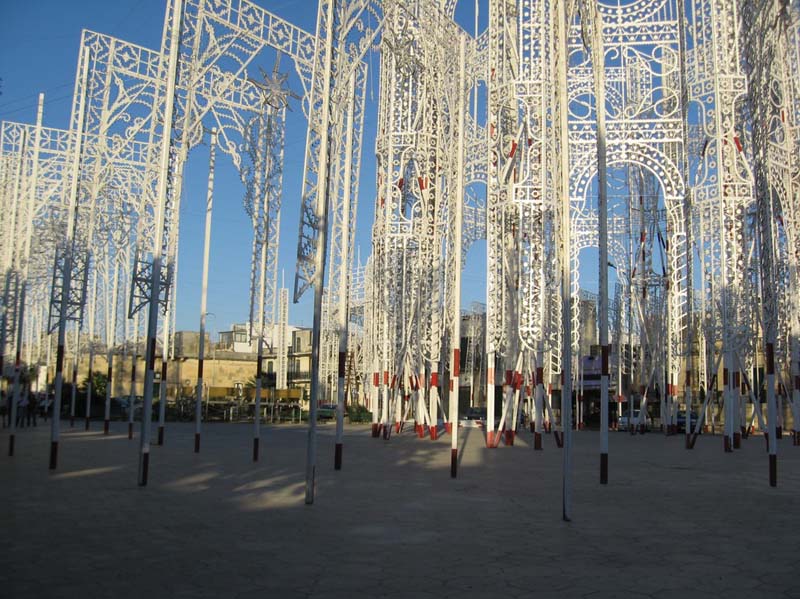
Structures for the festival of Santa Domenica, Scorrano, Lecce, Italy, 2011. Photograph by Peter Sealy, 2011.
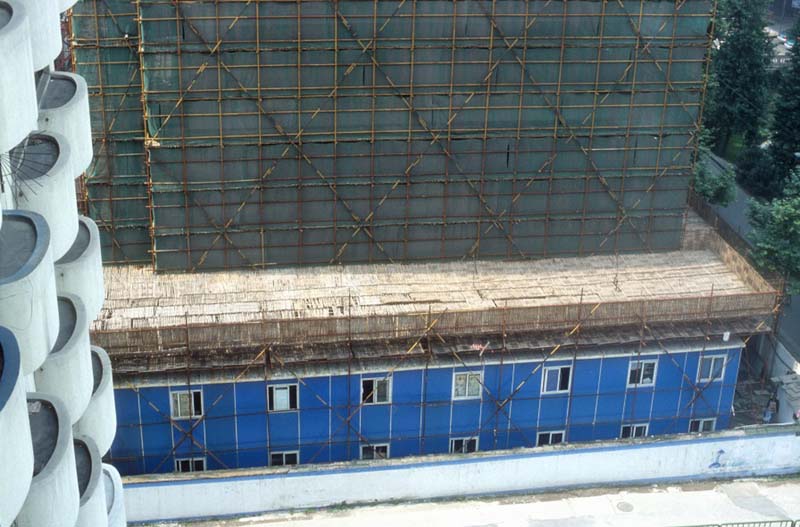
Temporary worker housing, Hangzhou, China, 2006. Worker housing such as this is a common site at construction sites in China. Photograph by Dell Upton, 2006.
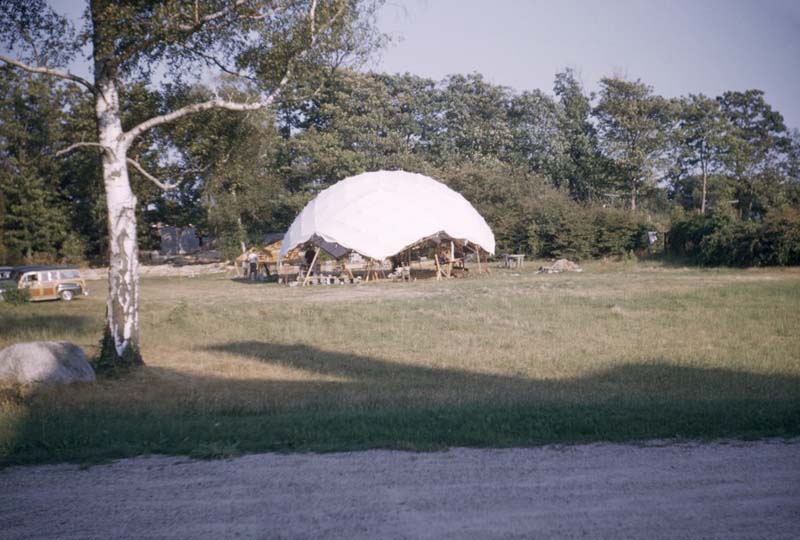
Geodesic dome, Woods Hole, Massachusetts, 1953. Another kind of temporary worker housing, the dome was built by students at the University of Minnesota to house workers for the construction of the Nautilus Motor Inn Dome Restaurant. Photograph by Tunney F. Lee, 1953.
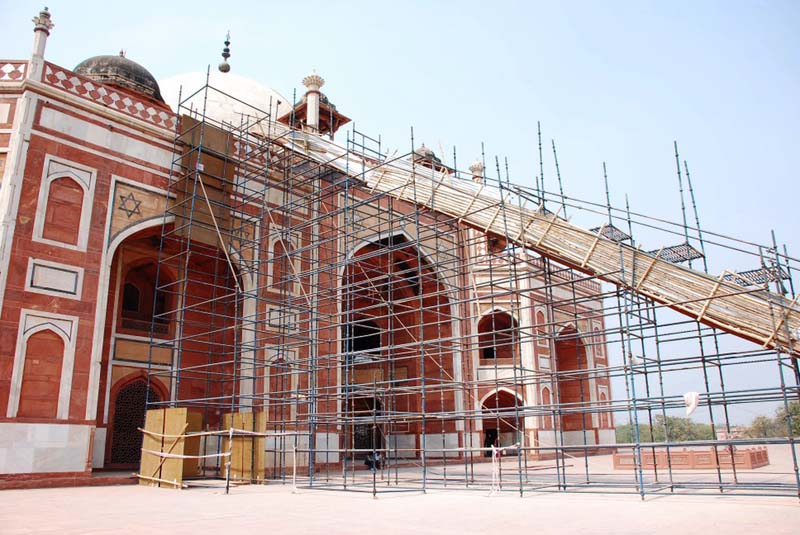
Scaffolding for restoration work on Humayun’s Tomb, New Delhi, India, 1563–71. Designed by architects Mirak Mirza Ghiyath and his son Sayid Muhammad, the garden tomb of Mughal Emperor Humayun is a UNESCO World Heritage site. Photograph by Susan N. Johnson-Roehr, 2009.
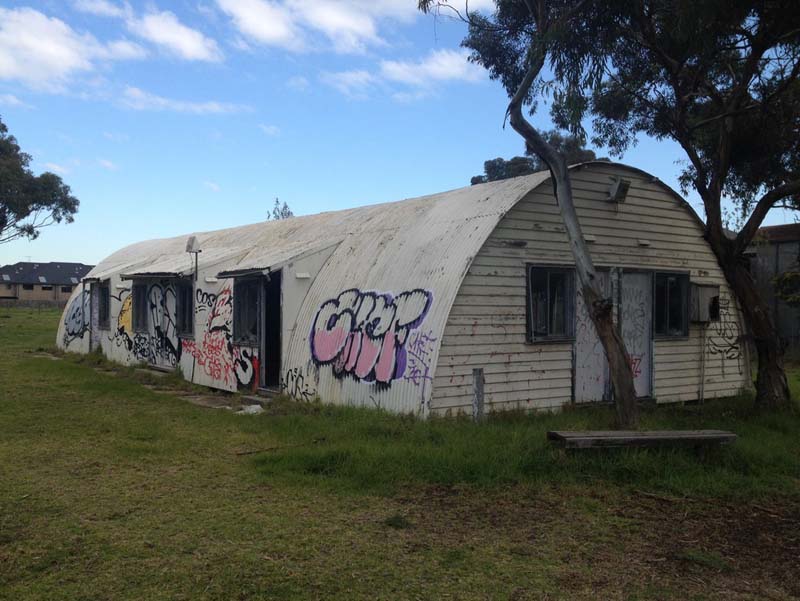
Quonset hut at the Maribyrnong Migrant Hostel, Victoria, Australia, 1949–59. The complex opened in 1950 as part of the Commonwealth government’s push to increase Australia’s population, and closed in the late 1980s. Photograph by Renee Miller-Yeaman, 2015.
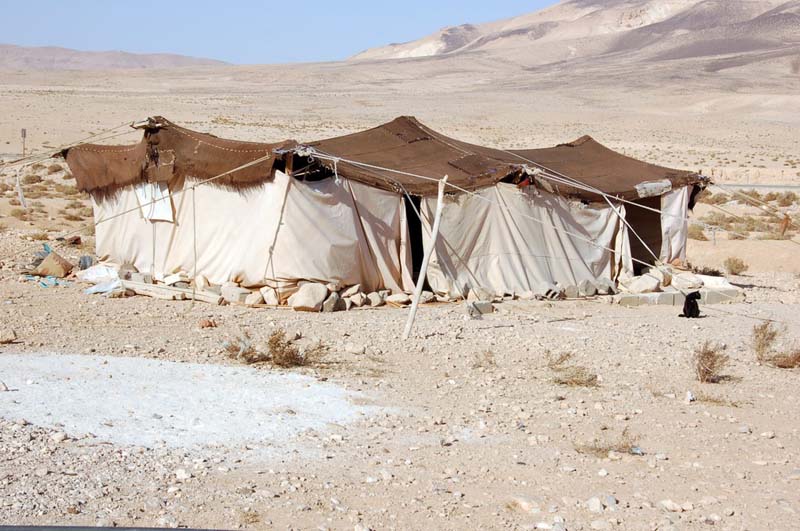
Bedouin tent, near Damascus, Syria, ca. 2000. Photograph by Dell Upton, 2010.
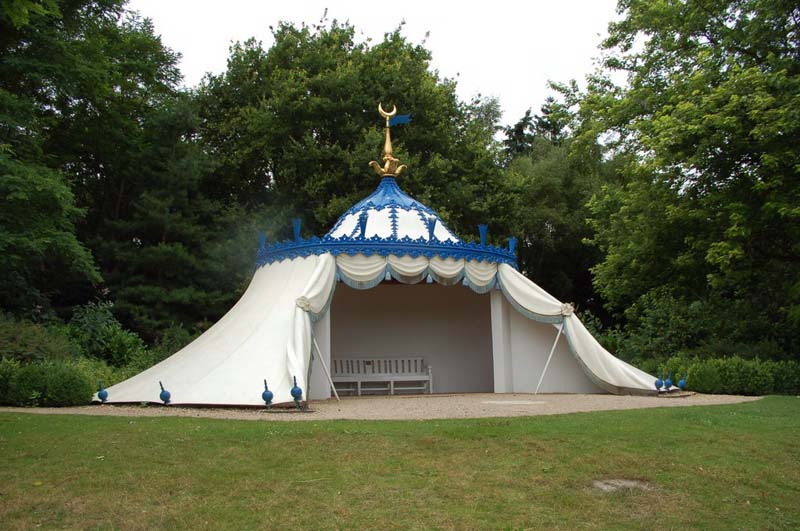
Reconstruction of Charles Hamilton’s Turkish Tent, Painshill Park, Surrey, England, originally erected ca. 1760. Photograph by Richard Wilson.


